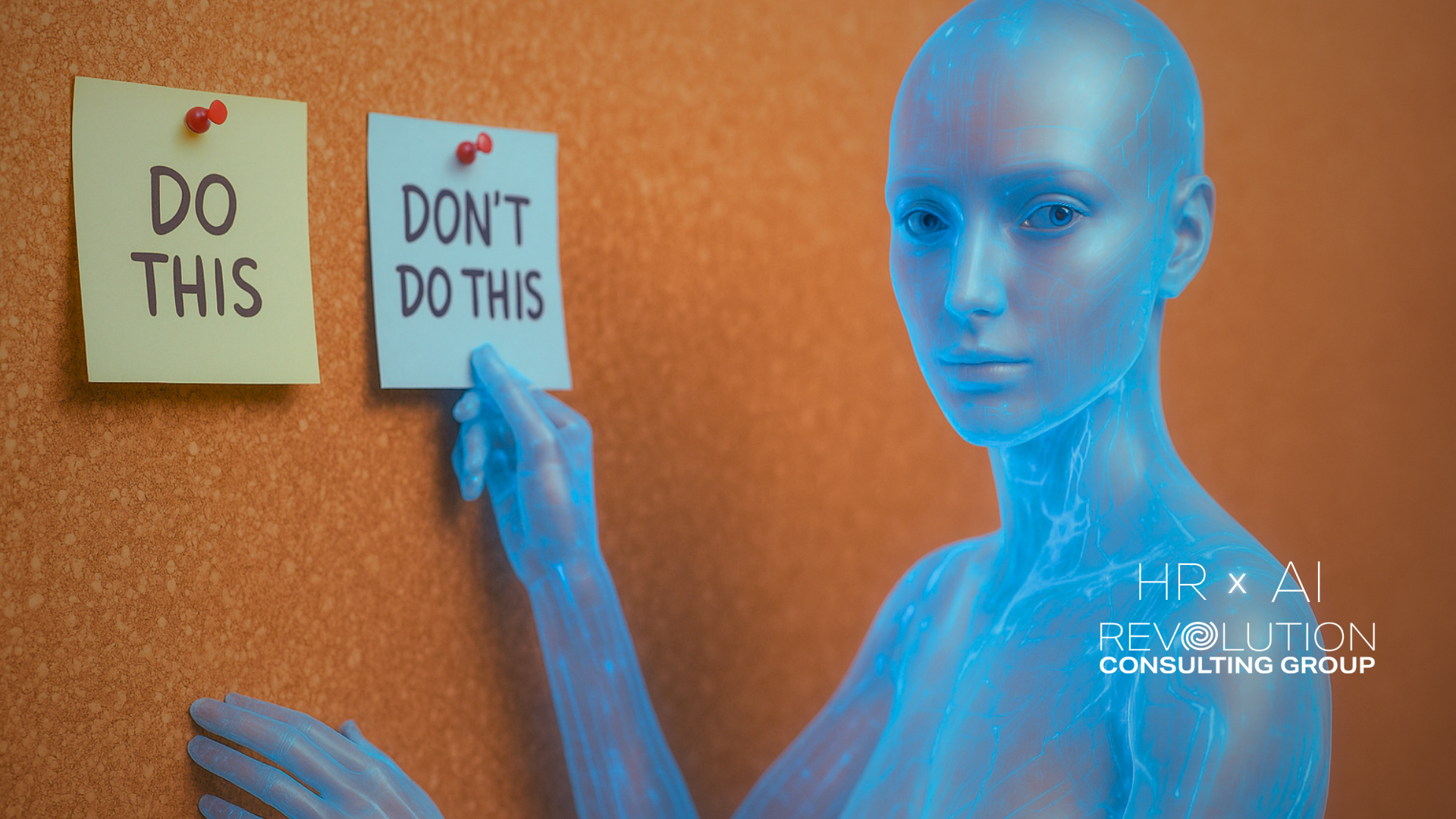Unlocking Team Potential: The Power of DISC Profiling
A Comprehensive Guide to DISC Profiling for Improved Communication and Productivity
In today’s fast-paced business environment, effective communication and teamwork are not just nice-to-haves; they are essential components of successful organisations. As leaders and business owners strive to navigate the complex dynamics of their teams, DISC profiling has emerged as a powerful tool in harmonising and enhancing workplace relationships.
Introduction to DISC Profiling
DISC profiling is a behaviour assessment tool based on the DISC theory of psychologist William Moulton Marston, which centres around four different personality traits: Dominance (D), Influence (I), Steadiness (S), and Conscientiousness (C). This method has been refined over the years to become a critical resource for understanding behavioural differences and fostering positive communication within teams.
Who Would Benefit From Understanding DISC Profiling?
DISC profile workshops are a beacon for business owners, leaders and aspiring leaders who find themselves at the helm of a team but are navigating the rough seas of miscommunication and inefficiency. These are the visionaries who understand the value of a cohesive team but are struggling to align individual efforts towards common goals. They often experience the frustration of meetings that go in circles, projects that are delayed due to unclear communication, and the palpable tension of a team that's not quite a team yet.
What are the Benefits of a DISC Workshop?
DISC workshops offer a lifeline to these leaders, presenting an opportunity to delve into the dynamics of their teams and emerge with actionable insights. The problems they face — the siloed working, the misunderstandings that lead to conflict, the productivity that's hampered by a lack of clear communication — are exactly what DISC is designed to tackle. By understanding the DISC profiles, leaders can adapt their communication, set their teams up for success, and create an environment where every member feels valued and understood. This is not just about improving productivity; it's about building a culture of empathy, respect, and shared purpose.
The Four DISC Types Explained
Dominance (D):
Individuals who score high in dominance are results-oriented, assertive, and keen on overcoming challenges. They thrive on control and exhibit confidence in their decisions.
Influence (I):
These are the people-oriented, persuasive team members who excel in influencing others, are great communicators, and often the life of the office. They prioritise relationships and are often very optimistic.
Steadiness (S):
Steadiness describes those who are cooperative, reliable, and prefer a stable environment. They are great listeners, team players, and seek harmony in their interactions.
Conscientiousness (C):
Those who fall into this category are detail-oriented, analytical, and prioritise accuracy. They enjoy working independently and are very systematic in their approach to tasks.
The Value of DISC Profiling in the Workplace
Enhancing Team Communication
DISC profiling provides insights into the preferred communication styles of team members, paving the way for more effective interactions. By understanding these styles, leaders can tailor their communication in a way that resonates with each team member, leading to improved understanding and reduced conflicts.
Boosting Team Productivity
When individuals are aware of their own and their colleagues' DISC profiles, they can better leverage each other’s strengths and compensate for weaknesses. This symbiotic approach to teamwork enhances productivity, as tasks are assigned based on natural competencies rather than arbitrary decisions.
Fostering a Positive Work Environment
DISC profiling encourages empathy and understanding among team members. Recognizing the diverse personality types within a team helps in appreciating different perspectives, fostering a more inclusive and positive work environment.
Personal Development and Leadership
For leaders, DISC profiling is a tool for self-awareness and development. It provides insights into their leadership style, how it impacts others, and how they can adapt their approach to better suit their team’s needs. This adaptability is crucial for leadership effectiveness and team cohesion.
Implementing DISC Profiling in Your Organisation
Step 1: Conduct DISC Assessments
The first step is to conduct DISC assessments for all team members. These can be done through certified professionals like Revolution Consulting Group, who provide comprehensive DISC workshops tailored to your team's needs.
Step 2: Review and Discuss Results
Once the assessments are complete, it’s important to review and discuss the results in a team setting. This fosters open communication and helps team members understand each other’s profiles.
Step 3: Tailor Strategies Based on DISC Profiles
Armed with the knowledge of each team member’s DISC profile, leaders can then tailor their management and communication strategies to align with the team's diverse needs, optimising team performance.
Step 4: Ongoing Application and Support
Implementing DISC profiling is not a one-time activity but a continuous process of learning and adaptation. Regular workshops and refresher sessions can help teams maintain the momentum and integrate DISC principles into their daily interactions.
Are You Ready to Transform Your Team?
DISC profiling is more than just a personality test; it's a comprehensive approach to understanding human behaviour and leveraging that understanding to enhance team performance. By embracing DISC profiling, leaders and business owners can transform their teams into more cohesive, productive, and happy units.
Revolution Consulting Group is dedicated to helping you unlock the full potential of your team through our comprehensive DISC workshops. By positioning you, the leader, as a guide in this journey, we aim to empower your team to achieve unparalleled success.
CLICK HERE
to learn more about our next DISC Workshop
Don't let miscommunication and misunderstanding hold your team back any longer. Take the first step towards creating a more harmonious, productive, and understanding workplace environment.







READY TO GET THINGS DONE?
Revolution Consulting Group is your Dedicated HR Partner




